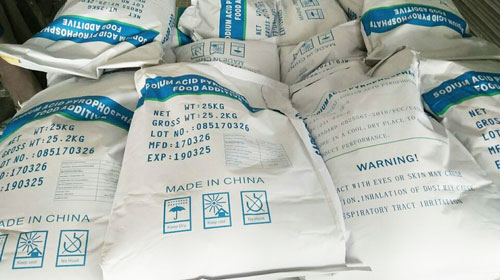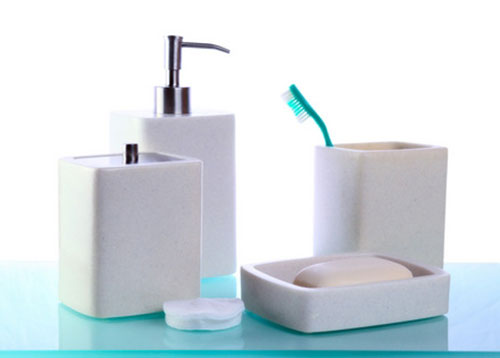Sodium acid pyrophosphate (Na2H2P2O7) is an inorganic compound with the chemical formula Na2H2P2O7 ( click sodium acid pyrophosphate chemical formula for details explanation), also known as Disodium pyrophosphate and Sodium pyrophosphate monoacid salt.
It is white crystalline and insoluble in water, but can form a more stable substance in water than orthophosphate.

I.Characteristics
Acid sodium pyrophosphate has strong corrosion inhibition, detergency, and stability properties. It is acidic when dissolved in water, so it is commonly used in food, cosmetics, and cleaning products.
II. Sodium acid pyrophosphate uses
A.Food industry:
Sodium acid pyrophosphate is widely used in the food industry as a buffering agent, bulking agent, chelating agent, stabilizer, emulsifier, and color improver in baking and other food processing.

It can be used to chelate metal ions in canned foods to improve the quality of the finished product, as a melting agent and emulsifier in cheese making, and to prevent browning and improve color in soy sauce and bean paste.
In addition, acidic sodium pyrophosphate possesses emulsifying, dispersing, and preventing oxidation of fats, improves protein binding, and inhibits the oxidation and fermentation of foods at high pH values.
B. Cosmetics and cleaning products:
Due to its stability and detergency, sodium acid pyrophosphate is also widely used in cosmetics and cleaning products.

In addition, disodium pyrophosphate is soluble in water and can form integrals with metal ions such as Cu2+ and Fe2+, a property that has led to applications in many fields.
III. Production process
Sodium acid pyrophosphate is made from sodium dihydrogen phosphate and sodium hydroxide.
The production process of sodium acid pyrophosphate includes the following four steps:
- Raw material preparation: the main raw materials are sodium dihydrogen phosphate and sodium hydroxide, and sodium dihydrogen phosphate needs to be dried first.
- Reaction process: Disodium phosphate and sodium hydroxide are mixed in a certain proportion and reacted under appropriate temperature and reaction time to produce acid sodium pyrophosphate. The reaction process requires strict control of the reaction temperature and pH value and other conditions.
- Extraction of product: The reaction mixture is filtered, developed, flocculated and other steps to extract the acid sodium pyrophosphate product from the reaction mixture.
- Product drying: the extracted acid sodium pyrophosphate product is first dried to remove moisture and then screened and packaged to finally get the finished product
Expand reading:
Is sodium acid pyrophosphate gluten free?

